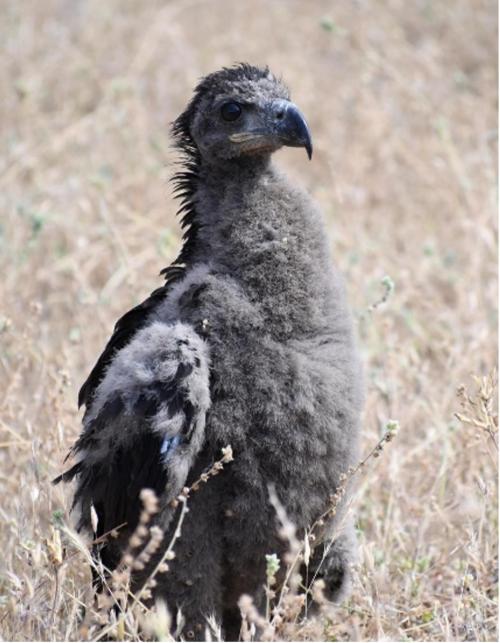SUL WITA: bald eagle
Rumsey resident Ingela Kaersvang was making one of her regular visits to a local Bald Eagle nest when she saw a gust of wind bring an eaglet crashing to the ground. The chick fell, hitting branches as he tumbled from the tree’s crown to the field below. "He hit the ground in a heap... and I was sure he was dead, and then he lifted his head," said Kaersvang.
Kaersvang sprang into action, making her way to the base of the tree. When he raised his head and she realized he had survived his terrible fall, she knew he needed help. One of his wings hung limply by his side: he was clearly injured. She immediately phoned the California Raptor Center, then Yolo County Animal Services. Officer Breckenridge retrieved the eaglet and delivered him to the UC Davis Veterinary Medical Teaching Hospital, which partners with the CRC in treating birds of prey.

Specialists at the hospital’s Companion Exotic Animal Medicine and Surgery Service diagnosed fractures of the radius and ulna in both wings. Surgeons placed intramedullary pins in the eaglet’s wings to stabilize his fractures. Following surgery, the California Raptor Center took on the eaglet’s convalescence.
This chick was the youngest Bald Eagle patient in the Center’s history, and the CRC was operating with barebones staff due to the statewide lockdown.
Treatment included daily medications as well as physical therapy with use of ultrasound. The first few weeks of the eaglet’s recovery were touch-and-go: the young bird had a poor appetite and struggled to eat. Every day, CRC staff had to help him eat and support him with supplemental fluids.
Despite his slow initial progress, the eaglet, nicknamed “Peewee” by volunteers, gradually started to eat on his own. He graduated into a larger enclosure that allowed him to stretch and exercise his wings, which were improving with physical therapy. Brown juvenile feathers replaced his fluffy gray nestling down, and he began to look more like a full-sized eagle.
He regained significant range of motion in his wings thanks to physical therapy, but he showed little interest in flying, and his wings drooped slightly when held at his sides. Radiographs revealed areas of possible synostosis (fusion of the bones) in both wings, a consequence of his traumatic injuries. Veterinarians and staff also noticed that the small eaglet displayed species-atypical behaviors, and some of his new feathers grew in abnormally. This led to suspicions that the eaglet may have been developmentally compromised in the nest before he fell.

After monitoring the eaglet over several weeks, staff concluded that the combination of his wing injuries and his abnormal behavior would render him incapable of surviving in the wild. They also recognized that his unusual demeanor—calm, with decreased reaction to stimuli that would perturb most other eagles—might predispose him to readily adjust to life as an educational ambassador bird. With that in mind, current CRC Manager Julie Cotton began daily training sessions with the hope he might become the CRC’s first glove-trained Bald Eagle, which he is today.
With his white head and majestic bearing, Sul Wita waits to greet you with his tilted head as you enter the facility.

